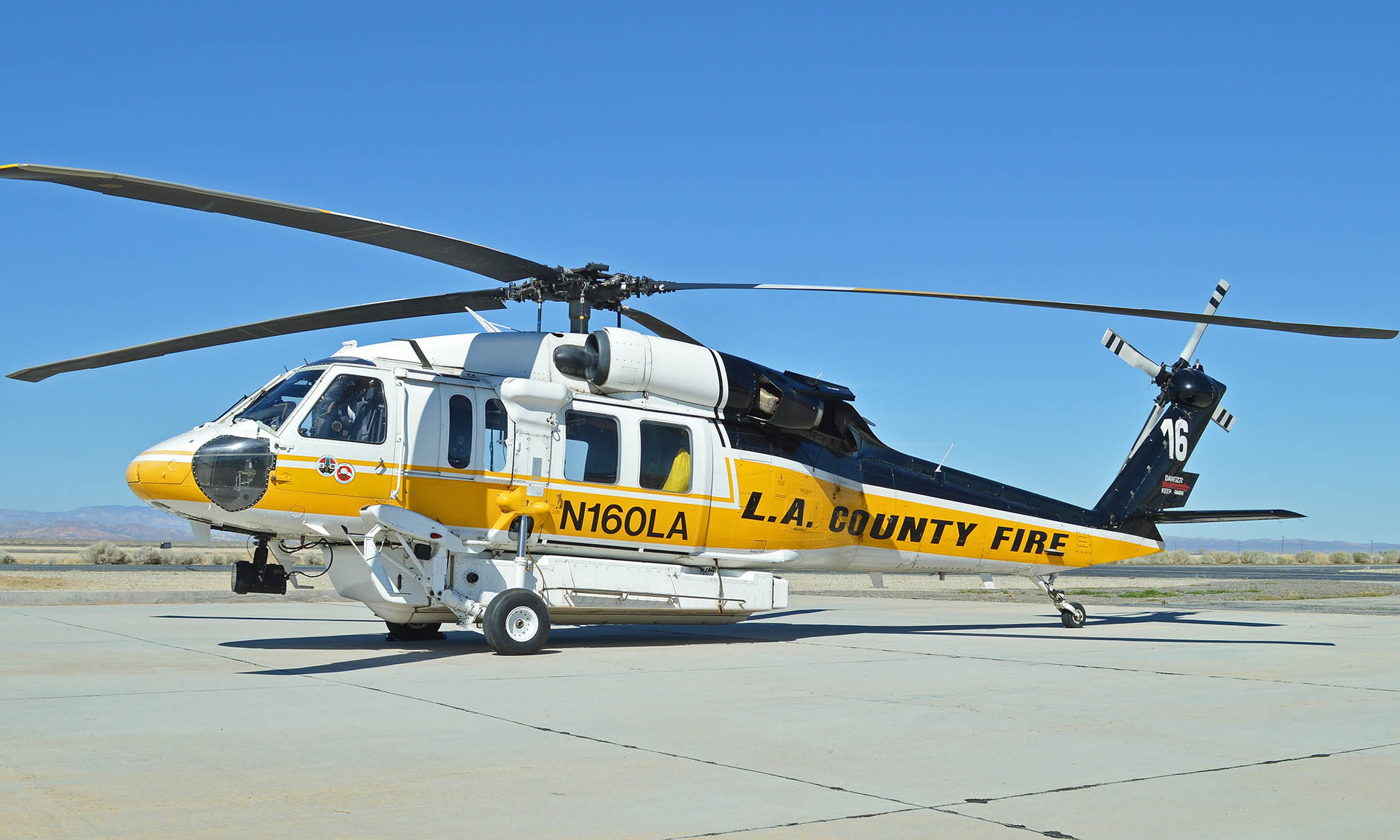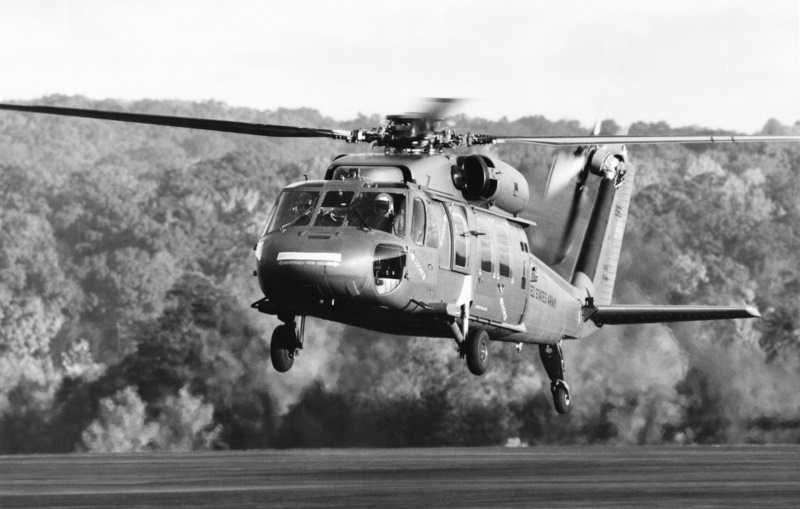Rotary-Wing Airplane Offering Superior Longevity and Precision Design
In the realm of air travel, rotary-wing aircraft have long been acknowledged for their one-of-a-kind capacities in various operational settings. From armed forces missions to noncombatant applications, the advancement of rotary-wing technology has led the way for devices that provide unmatched durability and accuracy design. Through advancements in products and construction strategies, paired with advanced trip control systems, these airplanes have actually come to be important tools for jobs that demand both effectiveness and accuracy. As we explore the intricate balance in between innovation and dependability in rotary-wing aircraft, it comes to be evident that the convergence of advanced technology and tried and tested style concepts has set a new criterion for efficiency and effectiveness in the aerospace market.
Development of Rotary-Wing Technology
Throughout the history of aviation, the advancement of rotary-wing technology has actually been a testimony to regular advancement and development in aerial engineering. From the early days of vertical flight with basic styles to the sophisticated helicopters and various other rotary-wing aircraft of today, the development in this field has been impressive.
In the very early 1900s, leaders like Igor Sikorsky and Juan de la Cierva made significant strides in rotary-wing technology. Sikorsky's VS-300 helicopter, first flown in 1939, marked an essential minute in the growth of useful rotary-wing airplane. This success led the way for additional innovations in upright trip capabilities.

Today, rotary-wing aircraft play essential duties in numerous sectors, consisting of armed forces procedures, emergency situation clinical services, police, and business transportation. The advancement of rotary-wing technology remains to push the boundaries of what is feasible in vertical flight, guaranteeing that these airplane remain crucial assets in the air travel industry.
Products and Building Innovations
Showing a blend of cutting-edge materials and exact building and construction methods, rotary-wing aircraft have undergone considerable advancements in sturdiness and performance. One of the essential advancements in products used for rotary-wing airplane is the raising utilization of composite materials.
Additionally, the integration of advanced layers and surface therapies has played an essential function in improving the sturdiness of rotary-wing airplane. These coverings give defense versus rust, abrasion, and extreme weather, prolonging the life-span of the airplane and reducing maintenance requirements.
In terms of building and construction technologies, additive production, likewise referred to as 3D printing, has transformed the manufacturing of facility parts for rotary-wing airplane. This innovation enables fast prototyping and modification, leading to faster advancement cycles and decreased prices. Overall, the constant evolution of materials and building methods is driving the capabilities and performance of rotary-wing aircraft to new elevations.
Precision Trip Control Systems

The combination of GPS technology better enhances the precision and reliability of these systems, allowing for precise navigating, waypoint tracking, and automated trip control. sikorsky s 70. This level of accuracy not only boosts the safety and security of rotary-wing procedures however also improves general functional effectiveness and objective effectiveness
Furthermore, the continual innovations in man-made knowledge and artificial intelligence have actually helped with the development of self-governing flight capabilities within Precision Trip Control Equipment. This makes it possible for rotary-wing aircraft to do complicated goals with exceptional precision and uniformity, making them indispensable properties in a wide variety of applications, including army operations, search and rescue missions, and airborne digital photography.
Durability in Testing Atmospheres
In requiring functional settings, rotary-wing airplane demonstrate outstanding resilience and robustness, guaranteeing ideal performance under difficult ecological conditions. These aircraft are created to endure a vast array of environmental factors, including severe temperature levels, high winds, and rough surface, making them fit for various missions in diverse landscapes.
One crucial factor adding to the toughness of rotary-wing airplane is their rugged building. These airplanes are built utilizing top quality products and advanced design methods to enhance their structural integrity and integrity. Additionally, elements such as rotor blades, engine systems, and landing gear are meticulously made to stand up to the strains and tensions experienced throughout operations in challenging settings.
Furthermore, rotary-wing airplane are furnished with advanced onboard systems that check performance metrics in real-time, enabling aggressive maintenance and very early discovery of possible issues - sikorsky s 70. This aggressive technique assists protect against unanticipated failures and makes sure the continued airworthiness of the aircraft sought after operational setups. On the whole, the toughness of rotary-wing airplane in difficult environments is a testimony to their remarkable design and design, making them his comment is here vital properties for numerous mission-critical operations
Maintenance and Reliability Requirements
The adherence to rigorous upkeep and reliability criteria is critical in ensuring the optimum performance and safety and security of rotary-wing aircraft. Routine upkeep checks, carried out by certified professionals, are important to recognize and attend to any type of possible problems prior to they compromise the aircraft's capability. These checks incorporate a detailed exam of all important parts, consisting of the engine, blades system, avionics, and hydraulic systems, to assure that they are in prime working problem.
Additionally, adherence to scheduled maintenance intervals in conformity with manufacturer guidelines is essential for maintaining the airplane's dependability. This proactive method assists prevent unforeseen break downs and guarantees that the aircraft remains airworthy for its intended objectives. In addition, the application of durable integrity criteria, such as regular element screening and replacement based on fixed lifecycles, additionally enhances the airplane's stability.
Conclusion

To conclude, the advancements in rotary-wing airplane innovation have actually led to exceptional durability and accuracy engineering. With ingenious products and construction techniques, together with accuracy trip control systems, these aircraft can run in difficult atmospheres with enhanced dependability. The maintenance and integrity standards make certain Read Full Article that these rotary-wing aircraft proceed to perform at their finest, making them vital possessions for various industries.
Demonstrating a fusion of innovative materials and specific construction techniques, rotary-wing aircraft have gone through considerable innovations in durability and efficiency. One of the crucial developments in products used for rotary-wing aircraft is the boosting application of composite products.With careful attention to detail and progressed technical combination, rotary-wing aircraft have welcomed Precision Flight Control Equipment as a foundation of their functional quality. Generally, the longevity of rotary-wing airplane in difficult environments is a testimony to their premium engineering and design, making them crucial possessions for numerous mission-critical operations.
In conclusion, the innovations in rotary-wing aircraft modern technology have led to exceptional longevity and precision design.